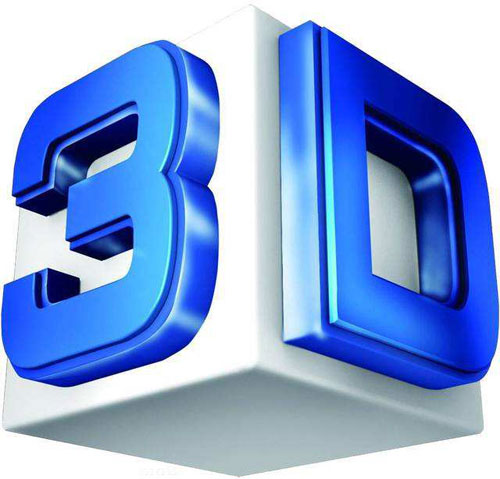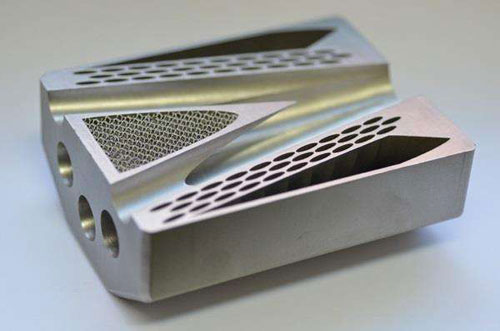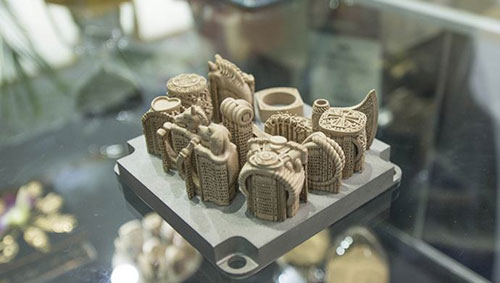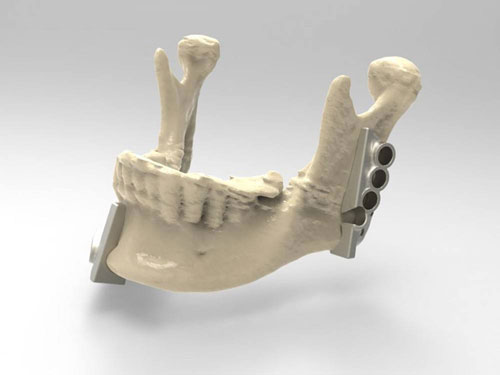During 3D printed metal properties, a large number of problems that equipment operators may try to avoid, including porosity, residual stress, density, warpage, cracks, and surface finish.
Surface finish
Before metal 3D printed parts are placed in showrooms or used in engine combustion chambers, it has undergone a lot of post-processing processes similar to CNC machining, shot blasting, or sandblasting, because 3D printed metal parts have uneven surfaces.

Affected by the nature of the process, the direct energy deposition method produces parts close to the final shape, which must be CNC processed to meet the corresponding specifications. Powder bed melting produces parts closer to their ultimate way, but the surface is still rough. To improve the surface finish, more fine powders and smaller layer thicknesses can be used.
Porosity
During the 3D printing of parts, tiny holes in the interior will form pores, which can be caused by the 3D printing process itself or by powder. These micropores reduce the overall density of the part, causing cracks and fatigue problems.
During the atomizing process, bubbles may form inside the powder, and it will be transferred to the final part. For this reason, it is necessary to source materials from suitable suppliers.
More commonly, the 3D printing process itself creates small holes. For example, when the laser power is too low, the metal powder will not be fully melted. When the power is too high, the phenomenon of metal splashing will occur, and the molten metal will fly out of the molten pool and enter the surrounding area.

When the size of the powder is larger than the layer thickness, or the laser overlap is too sparse, small holes will appear. Pinholes can also occur if the molten metal does not wholly flow to the corresponding area.
Density
The density of the part is inversely proportional to the number of pores. The more pores in a piece, the lower the frequency, and the more prone to fatigue or cracks in a stressed environment. For critical applications, the density of the part needs to be over 99%.
In addition to the previously mentioned ways to control the number of pores, the particle size distribution of the powder may also affect the density of the part. Spherical particles will not only improve the fluidity of the dust but also increase the frequency of the region. Also, a wider powder particle size distribution allows the fine powder to fill the gaps between coarse powders, resulting in higher densities. However, a wide powder particle size distribution reduces powder flowability.
Good powder flowability is necessary to ensure the flatness and density of the powder. Just as you think, it will affect the porosity and density of the product. The higher the powder bulk density, the lower the part porosity, and the higher the density.

Residual Stress
In metal 3D printing, residual stress is caused by cold and heat changes, expansion, and contraction processes. When the residual weight exceeds the tensile strength of the material or substrate, defects will occur, such as cracks in the part or warping of the substrate.
Crack
In addition to cracks in the internal pores of the part, cracks can also occur when the molten metal solidifies, or a particular area is further heated. If the power of the heat source is too large, stress may be generated during the cooling process.
Other problems
Other deformations, such as swelling, may also occur during metal 3D printing. Swelling occurs when the molten metal exceeds the height of the powder. Similarly, spheroidization is the solidification of the ore into a sphere rather than a flat layer. This is related to the surface tension of the molten pool, which can be weakened by controlling the length-diameter ratio of the molten pool to less than 1-2.

Exposure to oxygen or moisture may cause the composition of the alloy to change. For example, with the increase of oxygen element in Ti-6Al-4V titanium alloy, the content of aluminum element may decrease. This phenomenon is particularly common when the powder is reused. Repeated use will result in reduced powder sphericity and reduced fluidity.
The printing process may also cause the composition of the alloy to change. The alloy is composed of a variety of metal elements, and low-melting components may evaporate during printing. For Ti-6Al-4V, a standard aviation titanium alloy, Ti has a higher melting point than Al, and the composition of this material may change during the printing process.
TRUNNANO (aka. Luoyang Kmpass Nano Technology Co. Ltd.) is a trusted global chemical material supplier & manufacturer with over 12 years’ experience in providing super high quality chemicals and Nano materials. The 3D printing metal powder produced by our company has high purity, fine particle size and impurity content. Lower, please contact us if necessary.



